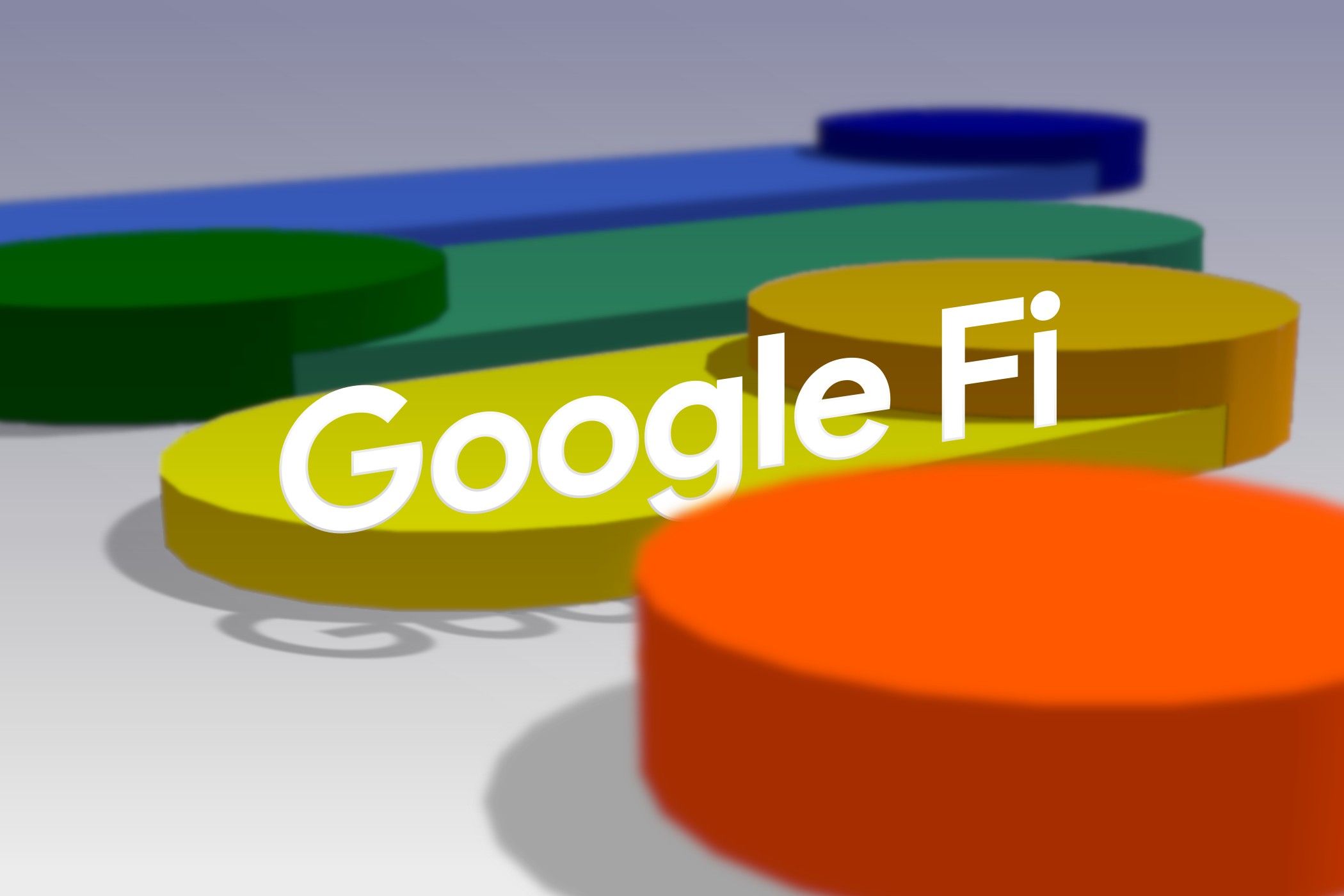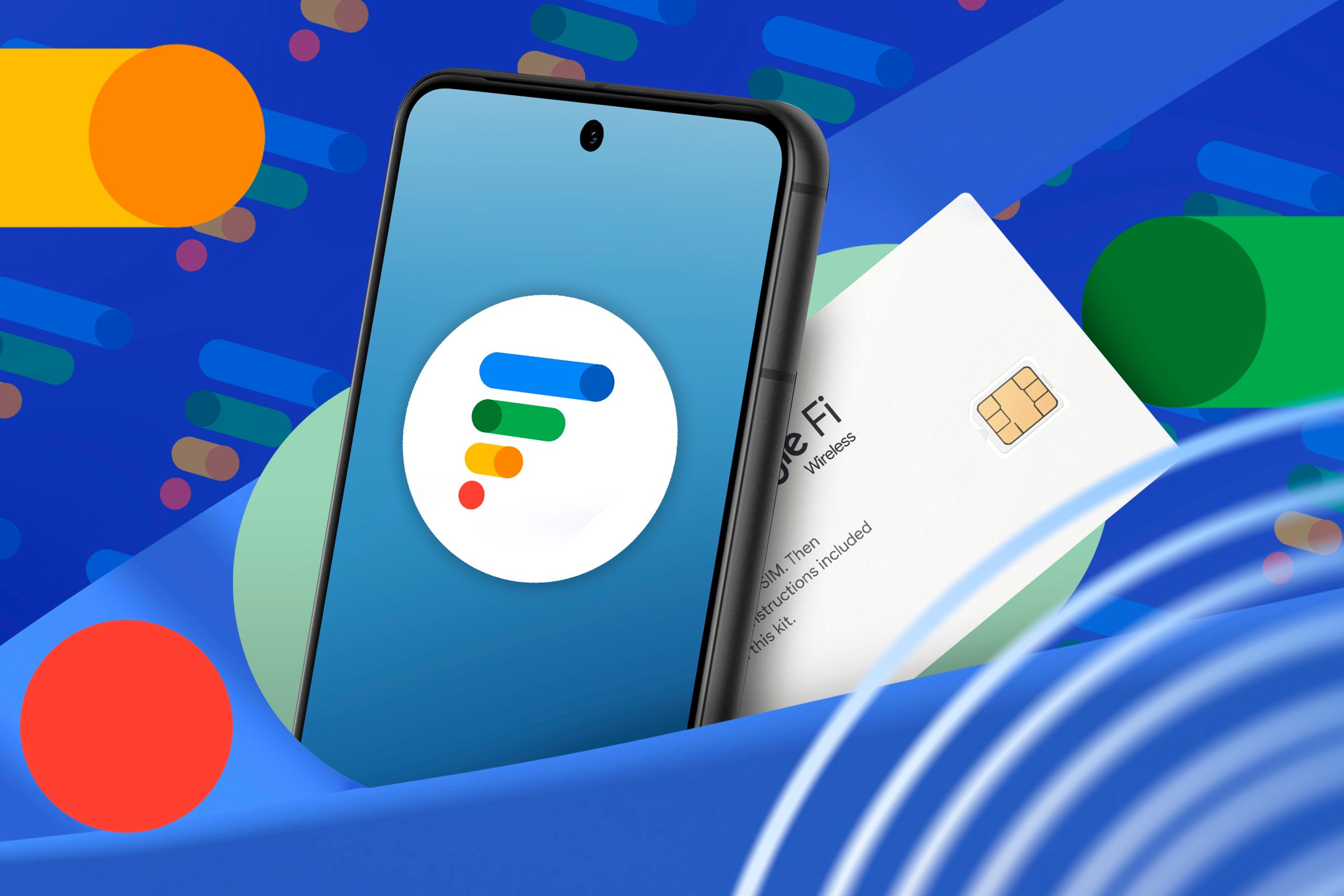Key Takeaways
- Google Fi roams between major carriers’ networks for optimal service.
- The Flexible Plan lets you pay for only the data you use, and keeps bills low.
- Fi lets you switch between plans monthly for changing data needs.
Everyone knows about the three major carriers—Verizon, AT&T, and T-Mobile—but Google Fi Wireless is a carrier that’s less often mentioned. It’s a shame, too, as the company’s cell service is available at extremely competitive prices and offers great ways to keep up with (and sometimes surpass) the competition. Fi is definitely a service you shouldn’t sleep on!
Use the Best Cell Network, Whatever It Is
The first thing that got me interested in Google Fi Wireless is that the service doesn’t have a dedicated cell network; instead, it uses an MVNO network. So, Google Fi roams between the networks of the three major providers (Verizon, T-Mobile, and AT&T) and connects to the strongest one in your area.
I lived only about a mile outside my city’s limit but my home was in a weak cellular zone for my previous carrier, T-Mobile. It would normally connect, but calls would be dropped fairly regularly unless I went and stood outside—and even then, I’d still randomly have calls dropped. However, when I switched to Fi, a stronger network was found in my area, and the number of dropped calls decreased significantly. It’s ironic as Google Fi primarily uses T-Mobile’s network for cell service, but despite that, Google found a stronger cell signal for me.
Now that I’ve moved to a more central location in my city, this is less of a concern, but it’s great for driving long distances or visiting someone in an area with spottier cell service.
Why Pay For Unlimited Data if You Don’t Need It?
Like any other carrier, Google Fi offers a variety of plans to choose from, but the standout from Fi is the Flexible plan. The plan starts at $20 a month for one line (and you save by adding more lines), but this plan does not come with unlimited data. Instead, you pay $10 per GB used throughout the month (up to 6GB, and then it’s free).
This might sound like a bad deal, but think about how often your phone is on a Wi-Fi network first. Often, when I’m using my phone, I’m at home or somewhere else when I’m connected to the internet. The only time I truly use data is streaming music while driving, but that’s a drop in the bucket regarding data usage. Often, I only use about 1GB in a given billing period, though a lot of it depends on how often I need to use my phone outside of the house.
On average, my bill is around $30-45 a month—a huge decrease from the $70/month or so I was paying before. Sometimes, my bill does go up $10-20 or so if something happens to my internet (like, say, inclement weather knocking out my power for a few days), but those bumps in price are well worth the low bill overall.
Change Your Plan When You Need To
Of course, if you sign up for the Flexible plan, you might run into issues when you know you need to use more data, like when you’re traveling. The good news is that you can switch between plans without any fuss or phone calls to support. So, if you need to change to the Simply Unlimited plan for a month, you can do that and switch back to the Flexible plan the month after.
The catch is that if you want to change your plan, it’ll only take effect during the next billing period. So, it’s helpful for planned trips or if you need the added perks of one of the other plans, but it can’t help with situations like sudden extended internet outages where you use your phone data to compensate.
One thing that is important to note, however, is that Google Fi Wireless is a no-nonsense kind of carrier, so you’re not getting any kind of bonuses with your plan. Whereas Verizon gives you the ability to bundle your phone plan with various streaming bundles and T-Mobile offers freebies via the T-Mobile Tuesdays app, you won’t be getting any sort of equivalent with Google Fi.
To some, this may be a deal-breaker, as these bundles often tend to have good deals if they are services that you use. On the flip side, other subscriptions will bundle streaming services with it (for example, I got a year of Max with my Doordash subscription), or if you’re someone who doesn’t usually stay subscribed to services year-round, it may be worth switching to Fi and saving both on your monthly bill and on whatever you may have been bundling.
It all comes down to your priorities, so it’s important to research Google Fi Wireless and other phone plans to see which one serves your needs best.


